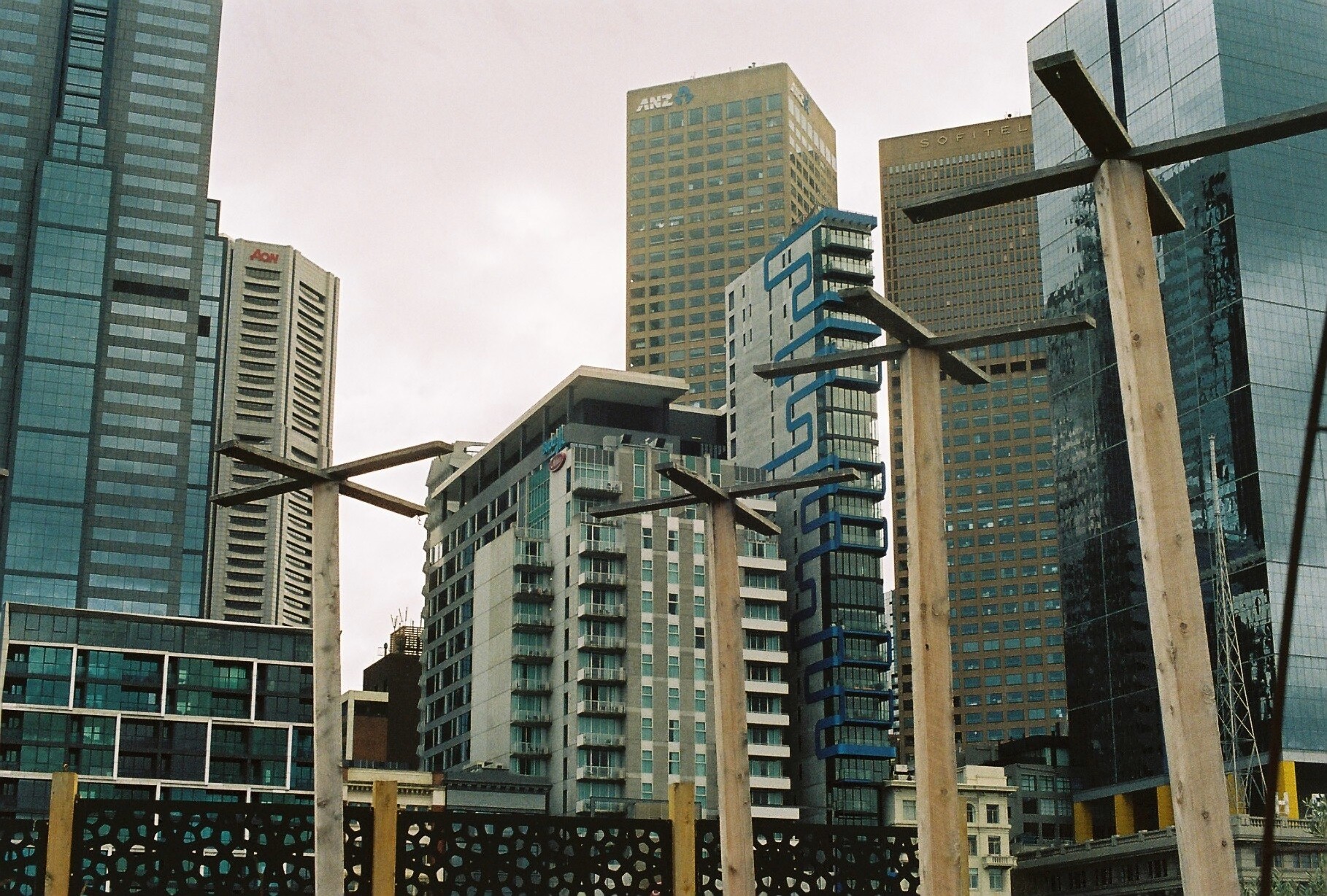During our classes last week we had a rundown on lighting.
I went into this class thinking that it wouldn’t be of much assistance to me particular for the project I am working on. I had my focus on making my boundary pushing portrait of Cat, and how to plan and execute it.
The class consisted of going through the different lights and how they are used. It went something like this…
This is a key light, it is called this because it is the main source of light.
We were then run through the set up process (which was very helpful!) and then once set up we used the light to show an example of how it works, with reference to digital examples.
It was at this point I started realising that I better switch on and start taking some notes because believe it or not, to be a good filmmaker you need to understand all aspects of a film, even if you aren’t going to be specialising in that field.
We walked though different types of lights in a similar fashion and explored the fill light, back light and the bounce boards that can increase, reduce, fill, block and boost the light.
It didn’t end there, the class really delved into what it means to use lighting in film and how it can add and take away from a frame. What lighting can add doesn’t only come from the type of light, but also comes from the quality of light (hard/soft), and where these lights come from (sun/artificial – warm/cold).
We were shown how it was done right and how it was wrong and from here, I decided lighting had to be something I payed particular focus to in my project. I don’t have to set up elaborate light sets, but it most definitely has to be something that is considered and assessed (maybe even practice shoot that focuses on artificial light vs. sun light).
